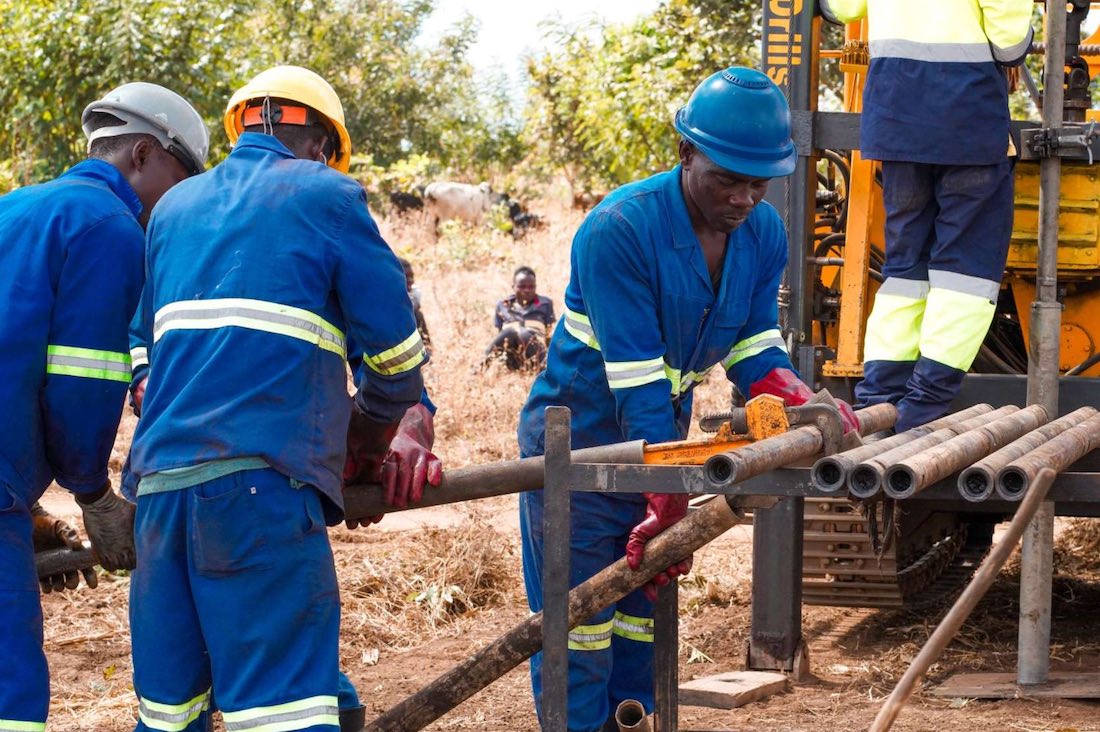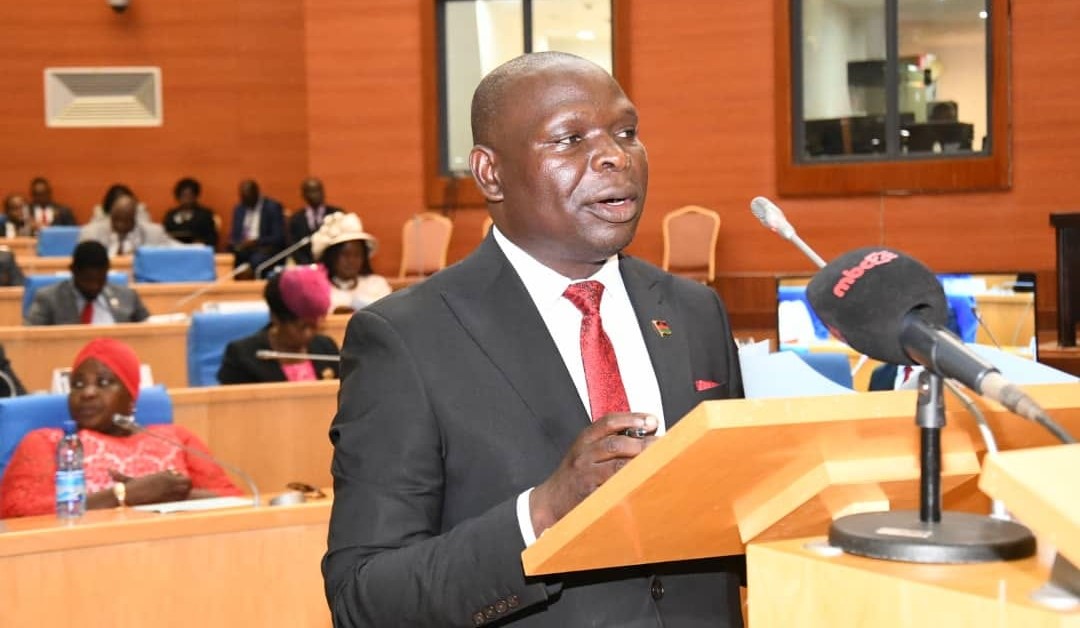Malawians worse off past 5 years—report
The proportion of Malawians who lack financial resources and essentials for a desirable minimum standard of living has deteriorated in the past five years due to negative impacts of economic shocks, a new report shows.
Published data by the American Institute for Research in collaboration with the Centre for Social Research of the University of Malawi, the Government of Malawi with technical guidance from Unicef Malawi, in a report titled ‘The impact of multiple shocks on the most vulnerable in Malawi’, shows that between 2019 and 2023, headcount poverty, the percentage of population living below the national poverty line, increased slightly by 1.8 percentage points while ultra-poverty increased by 2.6 percentage points.

The shocks, attributed to the Covid-19 pandemic and tropical storms Ana and Gombe, exerted pressure on the cost of food prices and agricultural inputs, leading to decreased income, assets, food production and stocks, according to the report.
Reads the report in part: “The potential struggles to fulfil basic needs were further reflected in the increase in the proportion of households borrowing money and a rise in the proportion of households using this money to fulfil general consumption needs.
“Almost all respondents, regardless of their background or exposure level, experienced high food prices with a sharp increase of over 45 percentage points.”
It said despite the widespread negative shocks of high food prices, the proportion of households indicating that they received free maize or other food items did not increase since 2020.
The report notes that over the past year, the food insecurity indicators increased with changes ranging between 3.4 percentage points and 11.7 percentage points.
“Existing social protection systems should prepare risk management plans, including methods to operationalise and sustainably fund the plans,” reads the report in part.
The findings counter Malawi’s aspirations outlined in Malawi 2063, the country’s long-term development strategy being implemented by National Planning Commission (NPC), which seeks to transform Malawi into a wealthy and self-reliant industrialised upper middle-income country by 2063.
The blueprint also projects that if the economy grows at an annual average rate of six percent, Malawi could attain the low-middle-income status by 2030, with a per capita income of between $1 006 (about K1.8 million) and $3 955 (about K6.9 million).
In an interview on Tuesday, Oxfam in Malawi country director Lingalireni Mihowa observed that the rising poverty rates spell an undesired possibility that Malawi will miss its ambition of attaining a low-middle income status by 2030.
She said: “It means more people have failed to come out of poverty, inequality has widened, our children may not have had an environment to flourish, therefore, our human capital development has been constrained.”
While admitting that some efforts have been made on social protection expansion, Mihowa observed that given the frequency and severity of the shocks, “more needs to be done on impact mitigation, resilience building and at macro level” to grow the economy.
Consumers Association of Malawi executive director John Kapito said the report is a confirmation of the suffering Malawians are going through every day.
“The fact that poverty has increased is also better explained by depleted incomes that are chasing goods whose prices have sharply gone up,” he said.
Meanwhile, NPC research manager Andrew Jamali has observed that while there is a lot more that needs to be done, Malawi is banking on support mechanisms being implemented to bounce back.
He said: “We are not comfortable with the situation we are in as our interest is to create wealth for the people.
“Malawi is promoting the productivity of our economy through, among others, promoting agriculture commercialisation and economic diversification, with a more focus to grow the mining and tourism sectors, aside from agriculture.”





